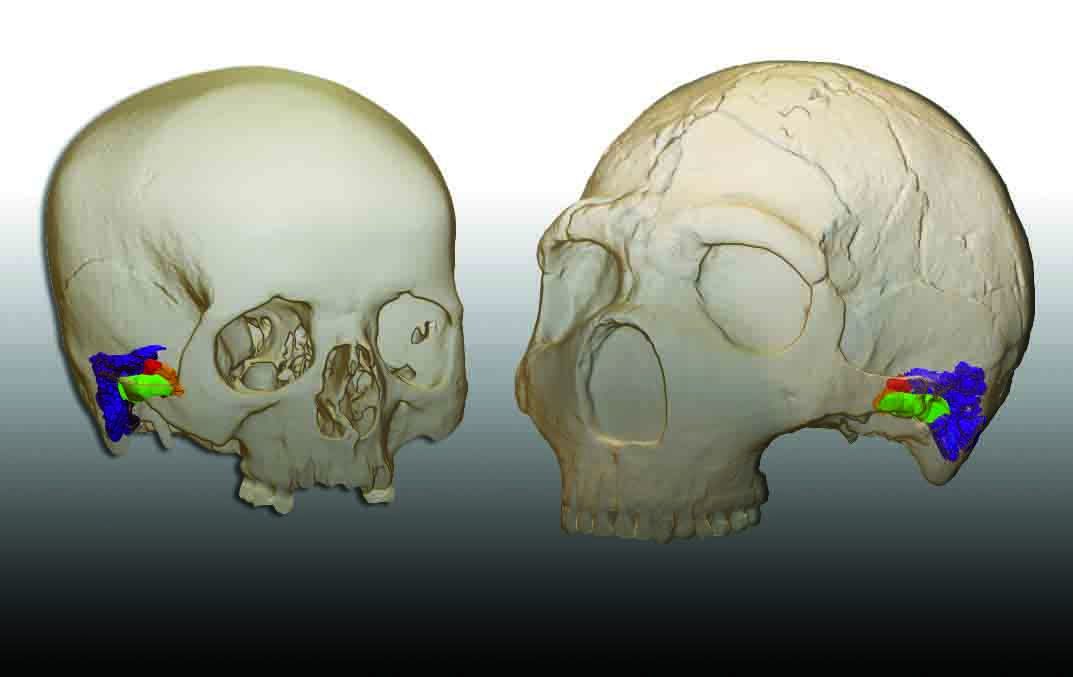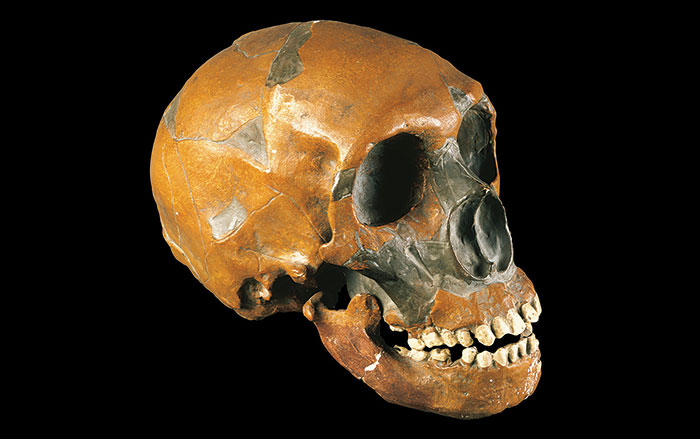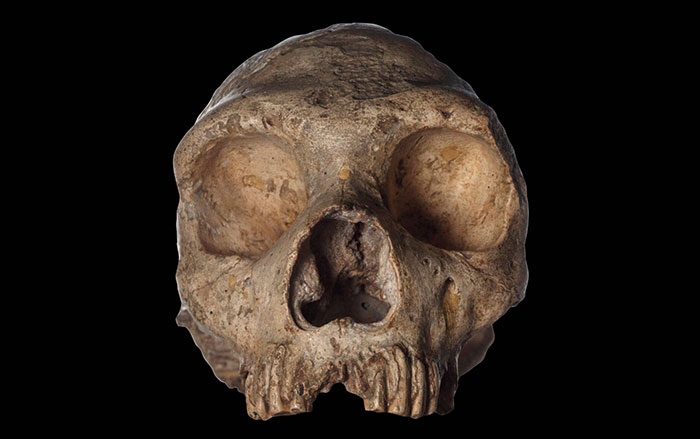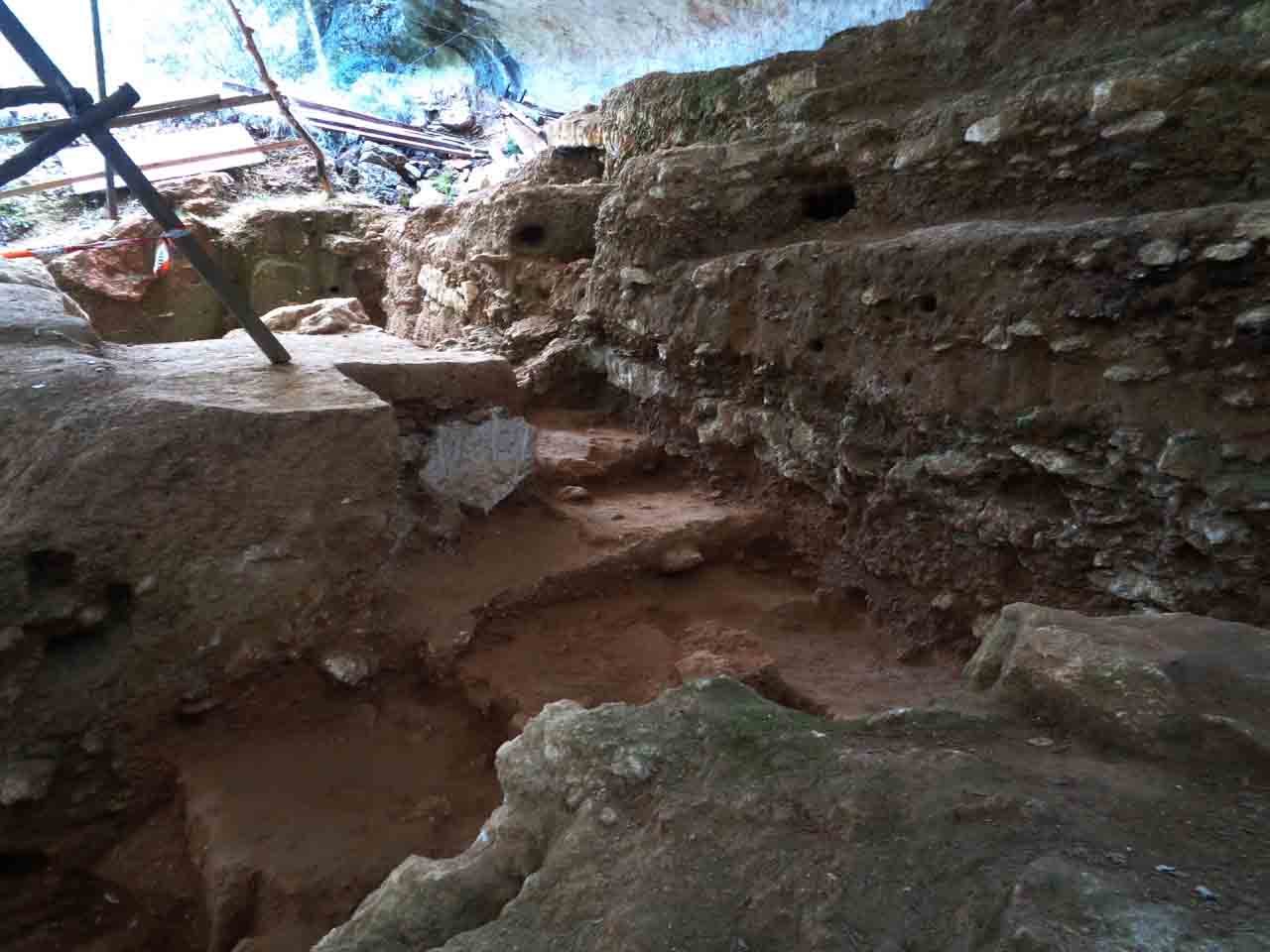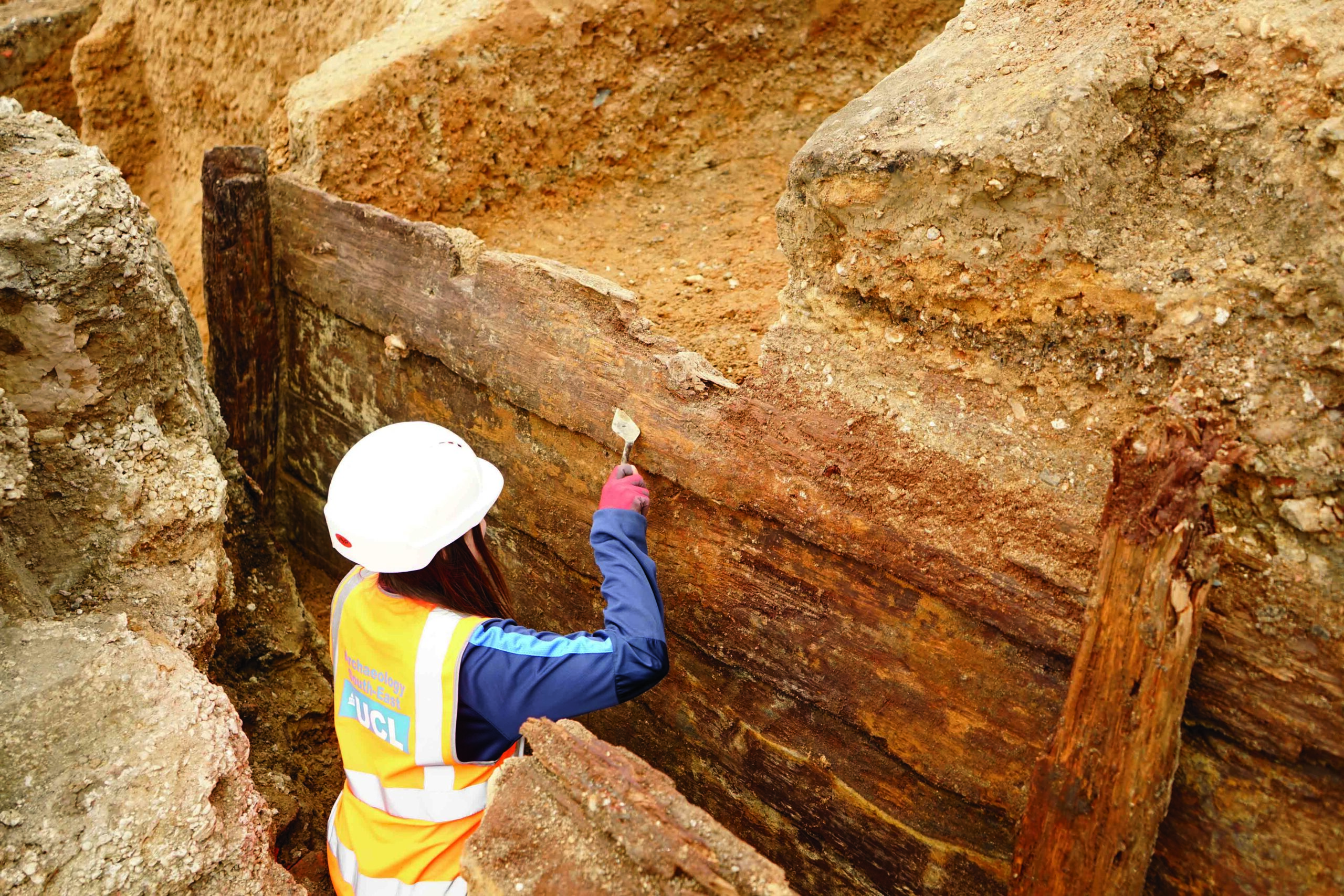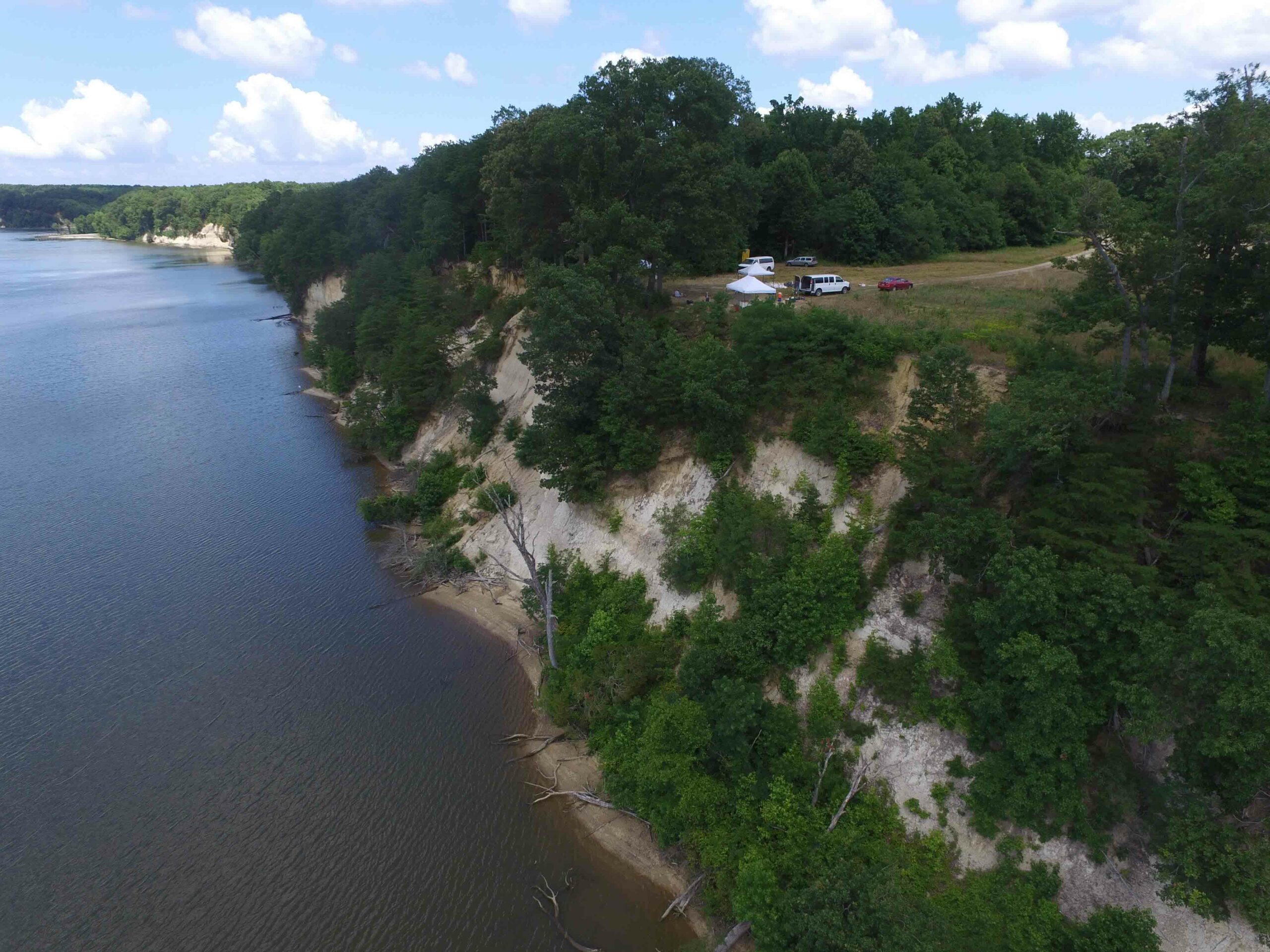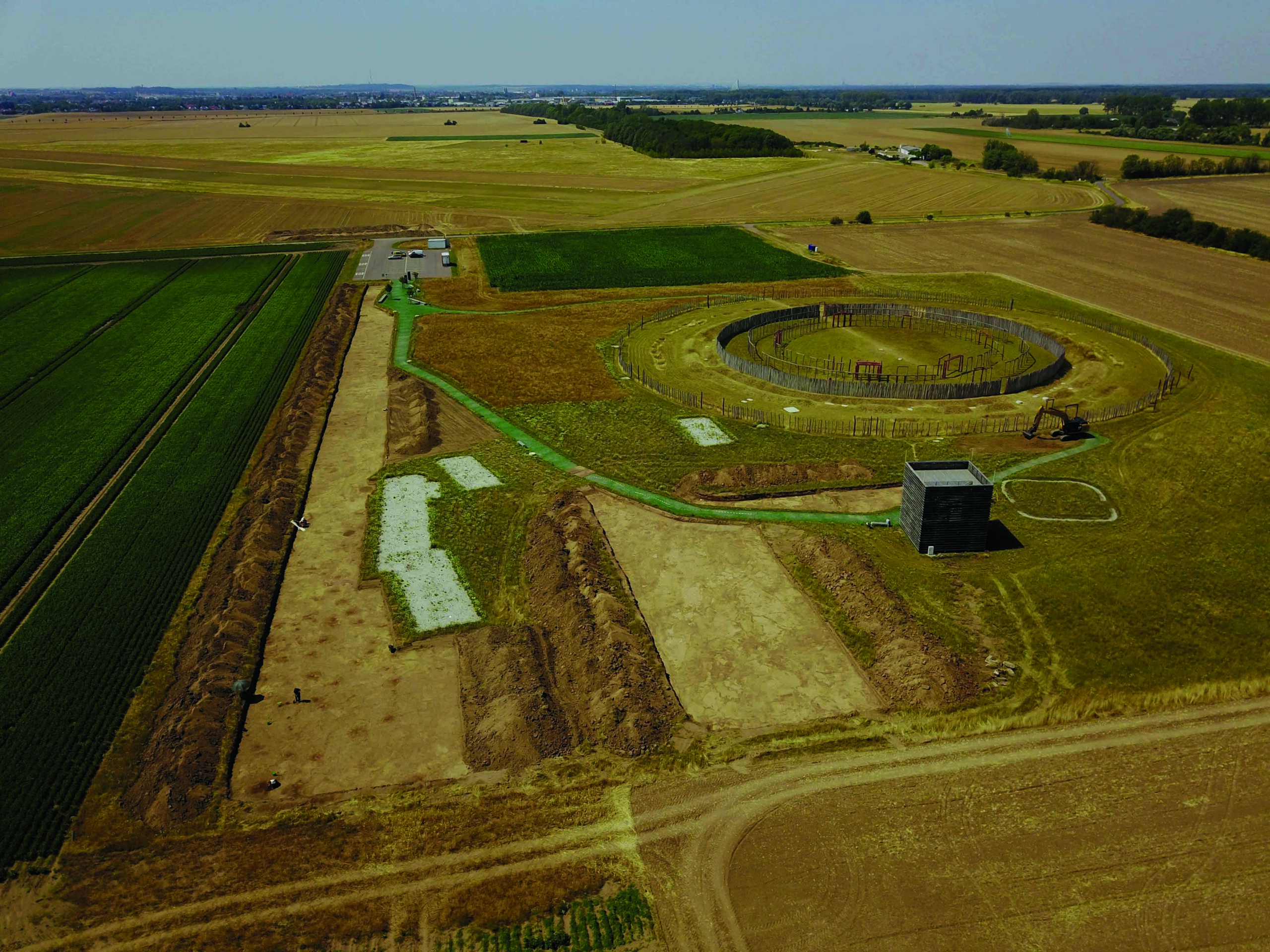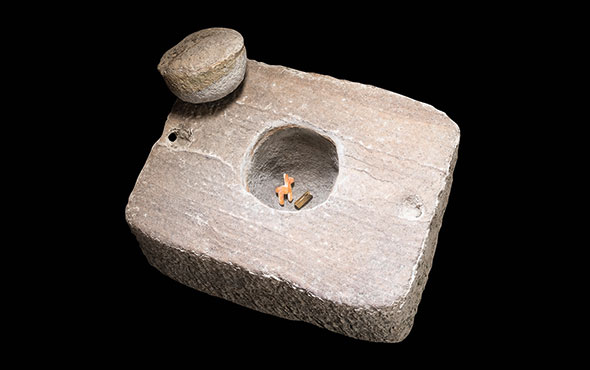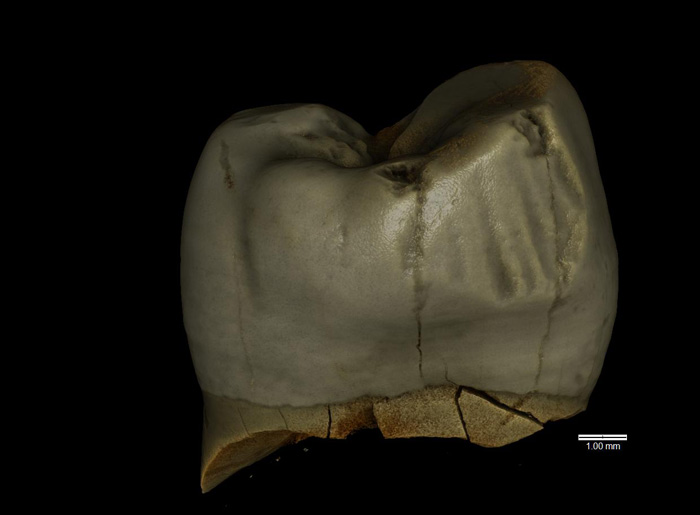
WROCŁAW, POLAND—Additional evidence of Neanderthal hygiene practices has been unearthed at Stajnia Cave, which is located in south-central Poland, according to a Science in Poland report. Wioletta Nowaczewska of the University of Wrocław recently examined two teeth recovered from the cave in 2010. Both were identified as Neanderthal teeth through DNA and physiological analysis, and were found to be without growth disorders or dental decay. One of the teeth, a third lower molar, belonged to someone over 30 years of age. This tooth is heavily worn, perhaps from chewing hard food, Nowaczewska explained. The wear marks also indicate that a piece of twig or bone was regularly used as a toothpick to remove food caught between the rear teeth. “It had to be a fairly stiff, cylindrical object, which the individual used often enough to leave a clear trace,” she said. The second tooth, an upper premolar, is in better condition, and belonged to a man in his twenties, she added. To read about a Neanderthal child's tooth found in the Zagros Mountains, go to "World Roundup: Iran."


